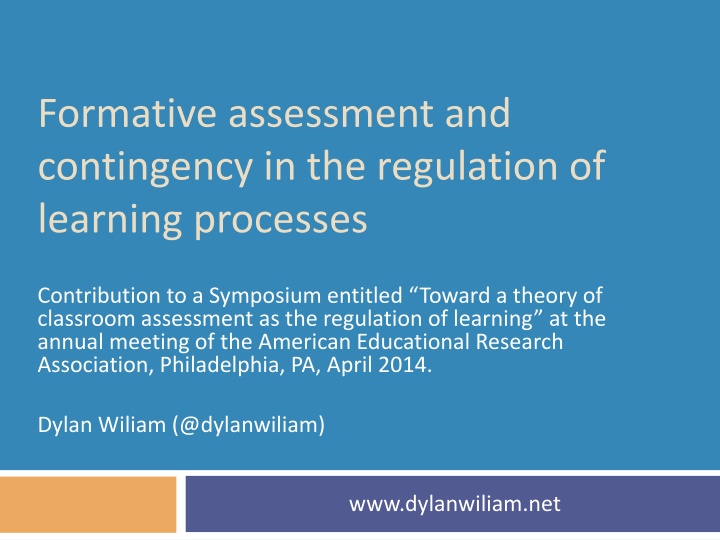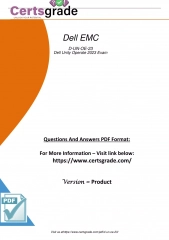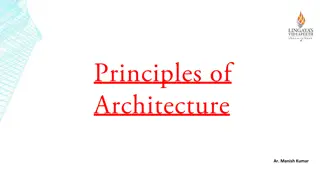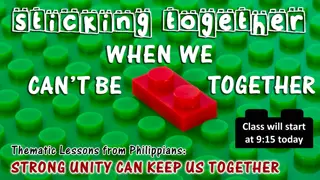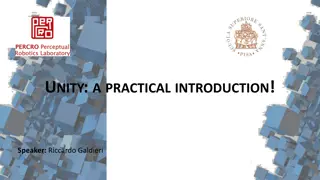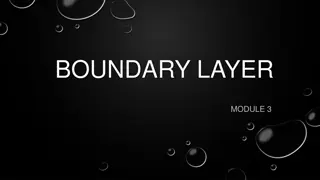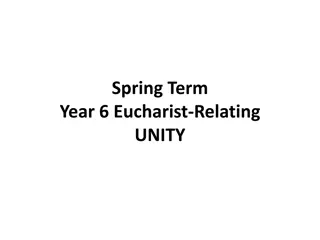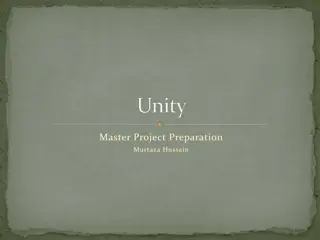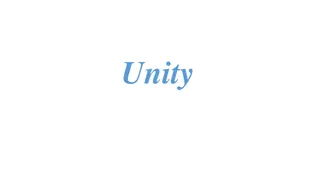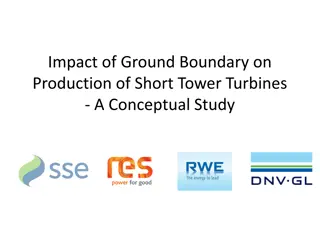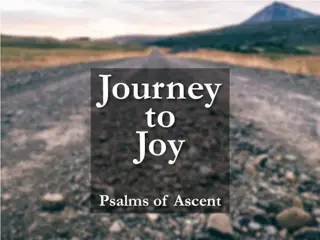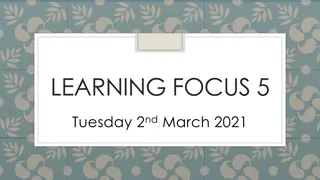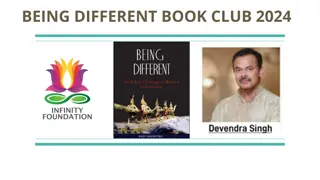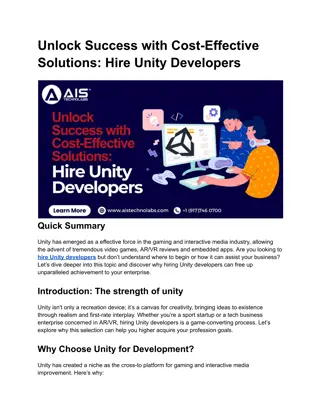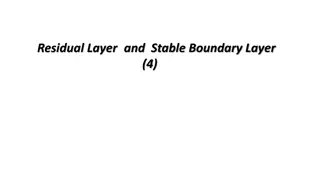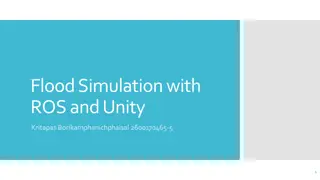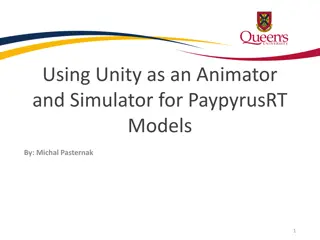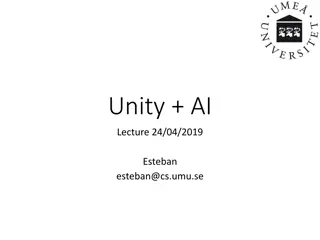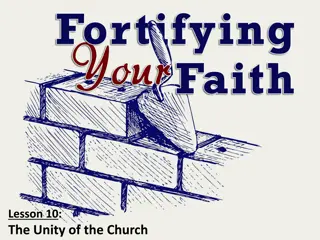Unity Area Boundary Study Community Meeting - January 18, 2017
Introducing the Unity Area Boundary Study Community Meeting held on January 18, 2017, exploring enrollment and capacity data for Laytonsville ES and Greenwood ES, along with demographic effects. Ground rules, agendas, and insight into the Gaithersburg MS are also included.
Uploaded on Apr 28, 2025 | 1 Views
Download Presentation

Please find below an Image/Link to download the presentation.
The content on the website is provided AS IS for your information and personal use only. It may not be sold, licensed, or shared on other websites without obtaining consent from the author.If you encounter any issues during the download, it is possible that the publisher has removed the file from their server.
You are allowed to download the files provided on this website for personal or commercial use, subject to the condition that they are used lawfully. All files are the property of their respective owners.
The content on the website is provided AS IS for your information and personal use only. It may not be sold, licensed, or shared on other websites without obtaining consent from the author.
E N D
Presentation Transcript
Formative assessment and contingency in the regulation of learning processes Contribution to a Symposium entitled Toward a theory of classroom assessment as the regulation of learning at the annual meeting of the American Educational Research Association, Philadelphia, PA, April 2014. Dylan Wiliam (@dylanwiliam) www.dylanwiliam.net
Issues in defining formative assessment 2 Theorization and definition Possible variables Category (instruments, outcomes, functions) Beneficiaries (teachers, learners) Timescale (months, weeks, days, hours, minutes) Consequences (outcomes, instruction, decisions) Theory of action (what gets formed?) ?
FA has included SRL for years 3 Formative assessment is concerned with how judgments about the quality of student responses (performances, pieces, or works) can be used to shape and improve the student's competence by short- circuiting the randomness and inefficiency of trial-and-error learning. (Sadler 1989 p. 120) The indispensable conditions for improvement are that the student comes to hold a concept of quality roughly similar to that held by the teacher, is able to monitor continuously the quality of what is being produced during the act of production itself, and has a repertoire of alternative moves or strategies from which to draw at any given point. In other words, students have to be able to judge the quality of what they are producing and be able to regulate what they are doing during the doing of it. (p. 121) ?
Formative assessment as assessment 4 Assessment is a procedure for making inferences (Cronbach, 1971) The formative-summative distinction is a classification of the kinds of inferences being made Summative: inferences regarding an individual s current, or future, status Formative: inferences regarding the kinds of instructional activities likely to improve learning No such thing as a formative or a summative assessment ?
An inclusive definition 5 An assessment functions formatively: to the extent that evidence about student achievement is elicited, interpreted, and used by teachers, learners, or their peers, to make decisions about the next steps in instruction that are likely to be better, or better founded, than the decisions they would have taken in the absence of the evidence that was elicited. (Black & Wiliam, 2009 p. 9) ?
Consequences of the definition 6 Anyone teacher, peer, learner, can be the agent of formative assessment; The focus is on decisions, rather than data; The next steps in instruction indicated may not be the best, or even successful; The assessment need not actually change the decision made. And therefore, formative does not mean optimal, or even good ?
FA and the regulation of learning processes 7 Formative assessment is therefore concerned with the creation of, and capitalization upon, moments of contingency in the regulation of learning processes Kinds of regulation (Allal, 1988) proactive asynchronous interactive synchronous retroactive ?
Unpacking formative assessment 8 Where the learner is going Where the learner is How to get there Providing feedback that moves learners forward Engineering effective discussions, tasks, and activities that elicit evidence of learning Teacher Clarifying, sharing and understanding learning intentions Peer Activating students as learning resources for one another Activating students as owners of their own learning Learner
